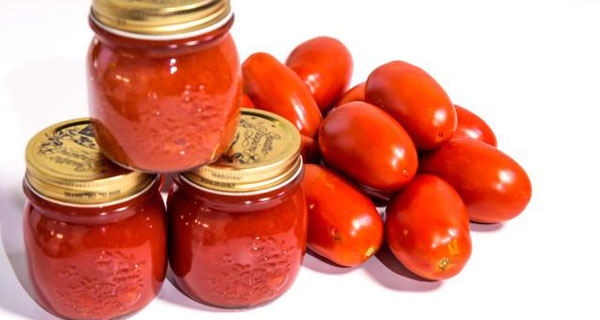
According to figures, Italian canned tomatoes are still well placed in the world consumption ranking. A recent study developed on national data, provided by ISTAT in 2015, shows that exports of canned and peeled Italian tomatoes have reached a record high of over €1.5 billion, while imports stand at €157 million. In terms of consumption, the USA are still firmly in the lead, due to the habit of flavoring food with ketchup. Nevertheless, the consumption of typically Italian tomato products, such as derivatives, pulp, or peeled tomatoes, is on the rise. Italy exported to the US a record 115 million kilos of theses products in 2015, a 5% increase on the previous year. It is no coincidence that the States recorded the pizza consumption world record with an average of 13 kilos per person yearly, which is almost double that of Italy (in second place, with an average of 7.6 kilos a head). However, in the era of globalization competition is fierce. International consumers have to be made aware of the importance of this product’s quality, which is still too little appreciated. The call, launched by leading Italian manufacturers, is therefore to promote activities (targeting both retailers and end-consumers) aimed at raising awareness on this issue, both through campaigns and word of mouth. We must make sure consumers and buyers alike taste and appreciate the superior quality of Italy’s preserves and, in turn, perceive the value of the Italian supply chains.
PETTI, THE LATEST IN TOMATO PRESERVES – Being a wide-spread segment throughout Italy, perhaps it is not commonly known that industrial tomatoes have found their natural habitat in Tuscany. Petti’s Italian Food Spa has chosen to solely use Tuscan tomatoes and to exclusively apply the low temperature method for Petti branded products, thus putting the tomato in the limelight. The “red gold” of Tuscany that is processed on the Venturina Terme site, originates from nearby fields in Val di Cornia, Val di Chiana, Grosseto, Maremma, and the countryside of Siena and Pisa. In these areas, the land enjoys the benefits of the proximity to the sea and the mountains that are rich in minerals, such as phosphorus and potassium, can boast the use of groundwater to irrigate the vastest fields, thanks to hand-made wells, and have access to sandy clay soils of high permeability that are ideal for the natural prevention of water logging. Thanks to the mild and windy Tuscan climate and different climatic conditions, this vegetable can grow with excellent organoleptic qualities, and is naturally rich in lycopene.
